"There is no secret ingredient. It's just you." -Po, Kung-Fu Panda
Each week at Starts With A Bang brings a fresh set of topics from around the Universe -- near and far, large and small, concrete and abstract -- for us to think about. This week has been a splendid example, with new articles on such diverse topics as:
- Double the flame; half the time? (for Ask Ethan),
- The forest man of India (for our Weekend Diversion),
- Messier's final galaxy, M110 (for Messier Monday),
- Ghostly physics (from contributor Paul Halpern),
- Into the woods (from science communicator Brian Koberlein),
- What is the oldest star in the Universe?, and
- Most planets in the Universe are homeless (for Throwback Thursday).
You guys have really come through for me with some outstanding comments on these, so let's dive right in to our Comments of the Week and look at what you've had to say!
From MandoZink on the burning rate of fuel: "I guess we should “thank our lucky stars” that our stellar mass is no higher than what it is. Imagine evolving to this point on a habitable planet with a larger sun. Once you comprehended the science of stellar evolution, the awareness of imminent doom would drive home the necessity of rapid technological advancement, with the goal of getting folks the hell out town soon, and moving them very far away."
It's very difficult to know how long a planet around a star can remain habitable before our environment's goose is totally cooked. Since the birth of our Sun, its luminosity has actually increased considerably: by around 30% from its minimum some four billion years ago. The thing is, we had more greenhouse gases back then, so we held our heat better... and still had liquid water. At some point in the future, as our Sun's luminosity continues to increase, there's going to be less and less we can do to our environment to keep our oceans from boiling, with one of the last steps being to engineer an increase our planet's albedo, in order to begin reflecting more sunlight back into space.
Without it, we've got about another 2 billion years or so until the oceans boil. But at some point, no amount of engineering will do. The Sun's core temperature continues to increase as it fuses more hydrogen into helium, which leads to a greater rate-of-fusion-reaction in the core. This, in turn, leads to an increased radius and an increase luminosity, as the core becomes denser and the outer layers become sparser. As we begin to evolve into a subgiant and eventually into a true red giant, things become harder and harder. Fortunately, even these phases take tens of millions of years to undergo, so although they may bring about an unavoidable end, we'd have enough time that if we had actually come to be, taking tens of thousands of years to get our act together (and off this world) could still come to pass.
Of course, we may need to be better planners -- as a species -- than humanity as a collective is capable of.
Image credit: William D. McMaster, via https://www.youtube.com/watch?v=HkZDSqyE1do.
From PJ on the Forest Man of India: "That is just 1 mans efforts – imagine what 7 billion of us could do together..."
And this is the counterpoint. Maybe we are capable, if only we figure out where to place our values properly. I'm happy to see that even if I don't necessarily agree with everyone on these issues, at least we're attempting to deal with them, and not shying away from the contentiousness of what's at stake: the long-term (longer than many human lifetimes, at any rate) direction of both the planet and humanity.
Image credit: Jim M., via http://justvisitinghappyvalley.blogspot.com/2013/10/tripod-astrophotogr….
From Omega Centauri on this week's Messier object: "There are a couple of darkish “smudges” not too far from the nucleus. As I see them on more than one image, I assume they must be in the sky and not artifacts on the photographic plate. Is this some of the gas/dust still present in M110?"
Let's take a look and see; if they're there in the sky, blocking light, in the same place in every image and also not present in the infrared (which most dust is transparent to), we're golden. Here's the CFHT's image:
Here's the SDSS image:
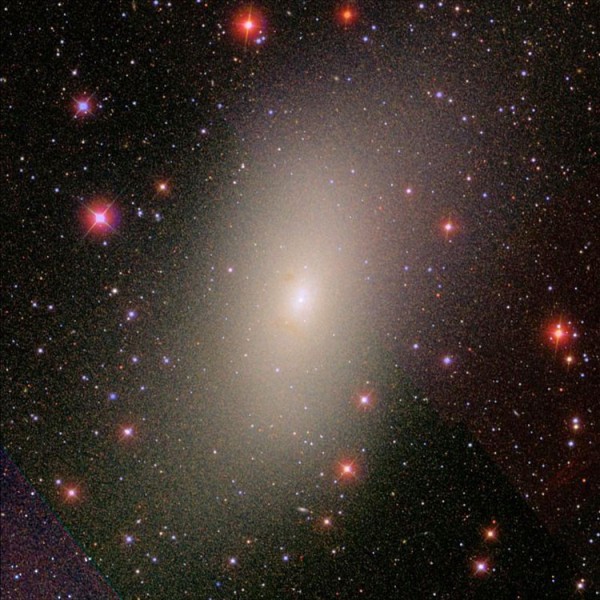 Image credit: Sloan Digital Sky Survey / Courtney Seligman, original via http://www.wikisky.org/?object=Messier+110&img_source=SDSS.
Image credit: Sloan Digital Sky Survey / Courtney Seligman, original via http://www.wikisky.org/?object=Messier+110&img_source=SDSS.
And finally -- now that we've seen three separate visible light images with the smudges in the same place around the galaxy's nucleus -- here's the IR image, courtesy of 2MASS:
Pretty suggestive, isn't it?
But I know you -- like many of my readers -- and you might not be satisfied until you've got a direct measurement of that dust! Lucky for you, NASA's Spitzer Space Telescope observed this galaxy back in 2006, and it did it in two different infrared wavelengths: one that was transparent to dust (shedding light mostly on older stars, in blue) and one that illuminates that very same light-blocking dust (in red).
Here are those results!
Not only is that the same dust pattern you see in the visible, but it clearly shows a great amount more detail than we could see otherwise. And if you tilt your head just right, it might start to look like the Universe itself is telling us that it's quantum in nature, as I'm pretty sure it's an "ħ", or the reduced Planck's constant!
From Pavel on wandering into the theoretical woods: "Sometimes it is good to wander in the woods even if observational evidence shows we are on the wrong way. Take the [weak] interactions theory. From the beginning, the theory predicted massless elementary particles, which clearly contradicted to observations. Nevertheless the theorists wandered deeper in the woods in the same direction and they found out the spontaneous symmetry braking, the way how the elementary particles gain their mass."
This is a fantastic example, and you have to remember that the original electroweak theory predicted four massless vector bosons with spin=1.
 Image credit: Flip Tanedo of http://www.quantumdiaries.org/2011/11/21/why-do-we-expect-a-higgs-boson….
Image credit: Flip Tanedo of http://www.quantumdiaries.org/2011/11/21/why-do-we-expect-a-higgs-boson….
As it turns out, we have one massless vector boson with spin=1 (the photon), and three very massive bosons with spin=1, which is not at all what the electroweak theory predicted. But there's a good reason for this, and one that wasn't obvious: there was something required to break the electroweak symmetry, and that turned out to be the Higgs field.
The Higgs, also, was supposed to produce four bosons, but as it turned out, three of them get "eaten" by three of the electroweak bosons, producing the W+, W- and Z bosons (and making them massive), leaving the photon massless, and creating one Higgs singlet: a massive, spin=0 boson, known now as the Higgs boson.
 Image credit: Flip Tanedo of http://www.quantumdiaries.org/2011/11/21/why-do-we-expect-a-higgs-boson….
Image credit: Flip Tanedo of http://www.quantumdiaries.org/2011/11/21/why-do-we-expect-a-higgs-boson….
 Image credit: Flip Tanedo of http://www.quantumdiaries.org/2011/11/21/why-do-we-expect-a-higgs-boson….
Image credit: Flip Tanedo of http://www.quantumdiaries.org/2011/11/21/why-do-we-expect-a-higgs-boson….
If it weren't for the willingness to wander into the theoretical woods of an obviously flawed but still interesting idea, and to wander farther than the evidence dictated on a hunch, this progress never would've occurred. It doesn't mean that all flawed but intriguing ideas are right, but rather that many of them with only a few flaws and the lack of an unequivocally better explanation deserve consideration from theorists. Inflation clearly falls into this category, my professional opinion is that MOND doesn't but I understand why some disagree, and the jury is still out on string theory (as to whether its flaws are fatal and too numerous). The dangers of wandering in the woods are no less present; for most wanderers, there is no clearing that they'll ever arrive at.
From Andrew Dodds on the oldest star in the Universe: "Given that the really big supernova-forming stars may only last 10 million years, there could be patches seeded by multiple supernovas – and presumably fairly rich in heavy elements as a consequence – that would have a high metallicity within a few hundred ma. But there could also be primordial gas clouds that have remained fairly ‘uncontaminated’ for billions of years and giving birth to low-metallicity stars now."
There's no good way to do this; this is a legitimate set of concerns. This is why some really old globular clusters near our galactic center have very high metallicities, and why some very isolated places may be forming pristine, population III stars hundreds of millions or even a billion or two years after the Big Bang. When we look for very old stars, it's vital to look at the orbits of these stars as well, and try to infer the environment from which they formed. This is partially why uncertainties (if we're being honest) are so large. Metallicity is only a piece of the puzzle, and for a single star, it's virtually impossible to know all of these things at once.
Look for clouds, look for clusters, and look for populations of objects, and then you'll have a chance at knowing. Or, build the largest mid-to-far-infrared space telescope you can and get back to redshifts of 10, 20, 30 or even 50 and find those first stars for real!
And finally, from Craig Thomas on the topic of homeless planets: "So, not really a planet then…? And really, “has a surface temperature of approximately 480–560 Kelvin” doesn’t sound much like a planet, either."
If you're insisting on using the IAU definition of a planet -- which I approve of for our Solar System -- to talk about worlds outside of our Solar System, you're going to get into a load of trouble. If you're saying that if I took Earth, this very planet, and ejected it from our Solar System, it would cease to be even a rogue, starless, orphaned, homeless planet, I'm going to have a hard time taking you seriously. These are new terms, which is why I specifically wrote, in the main article:
Think about the fact that our own solar system contains hundreds or even thousands of objects that potentially meet the geophysical definition of a planet, but are astronomically excluded only by the virtue of their orbital location. Now consider that for every star like our Sun, there are most likely hundreds of failed stars that simply didn’t accrue enough mass to ignite fusion in their core. These are the homeless planets — or rogue planets — that far outnumber planets like ours, that orbit stars.
Most estimates are that there are about 200 geophysical planets in our Solar System, mostly in the Kuiper Belt / Oort cloud, with only the four known gas giants as the larger planets. Jupiter's surface is relatively cold -- at about 130 K -- at the uppermost cloud tops, but reaches about 280 K at the lower cloud tops along its equator. Are you saying that Jupiter-like worlds that had fewer layers of clouds at high altitudes -- perhaps getting us closer to its 24,000 K core -- shouldn't be planets, either? Or that a world three times Jupiter's mass, woefully insufficient to ignite any fusion, shouldn't be a planet either?
You're entitled to your opinion, but as far as explorers of the future will consider it, I'm willing to bet it's a place they'll find very much worth exploring, even without a central star to orbit, or even if that failed star is the central thing they're orbiting.
Thanks for a great week of comments, everyone, and here's to another fantastic one!


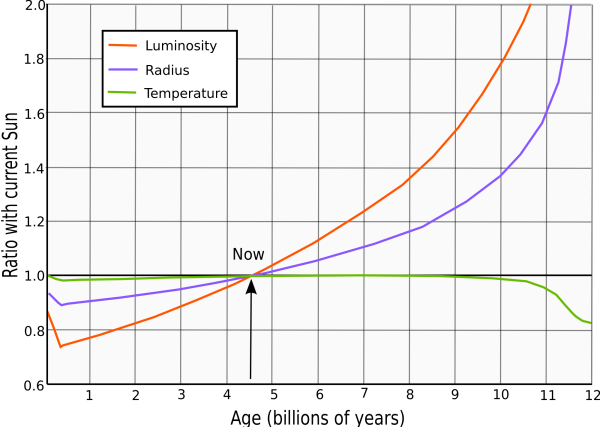
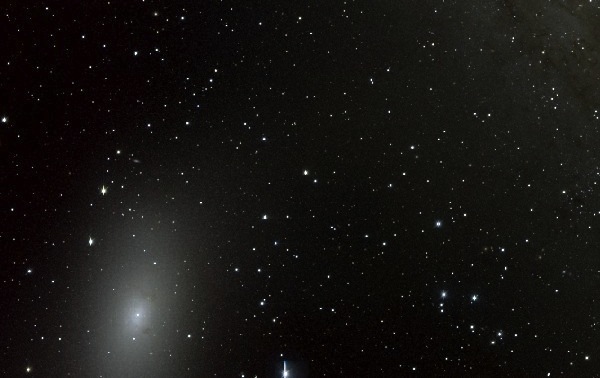
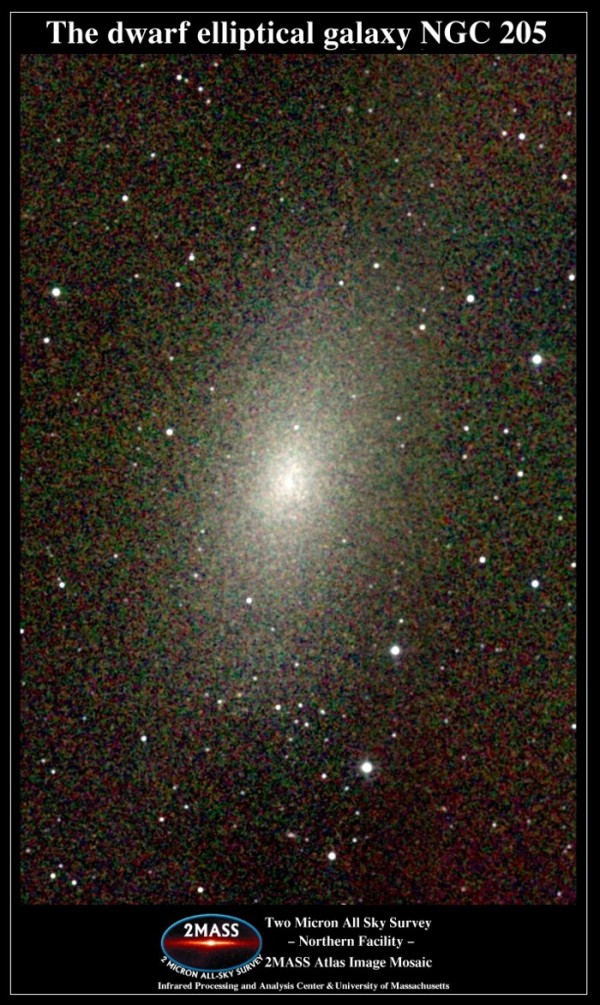
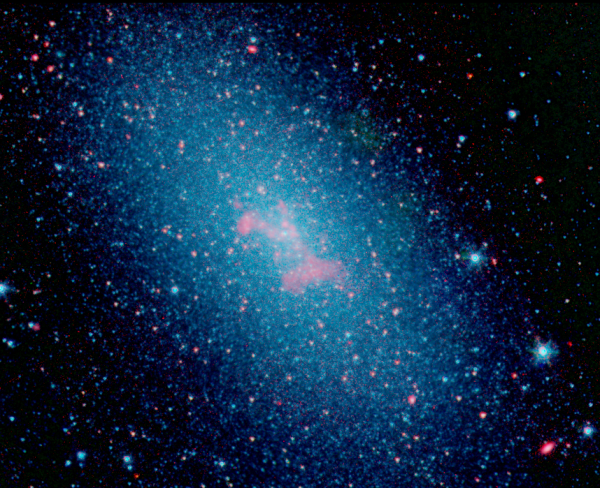
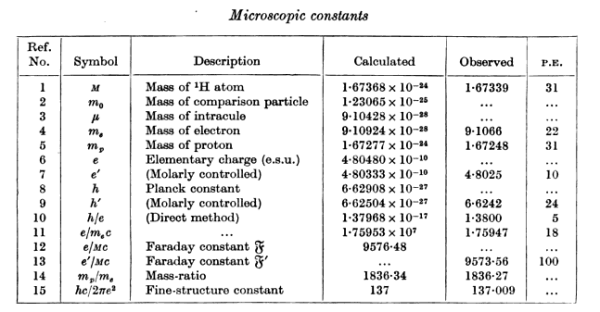
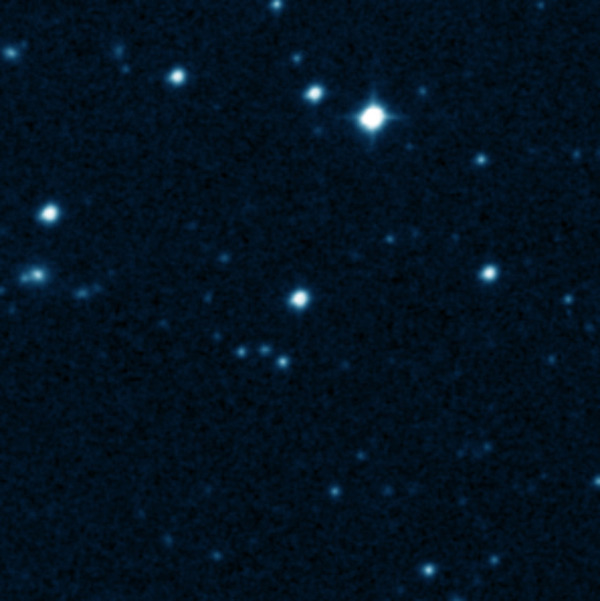
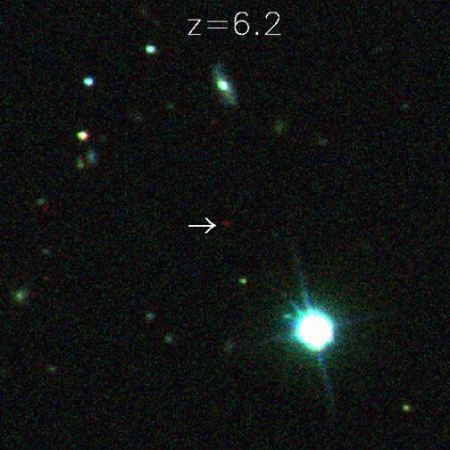
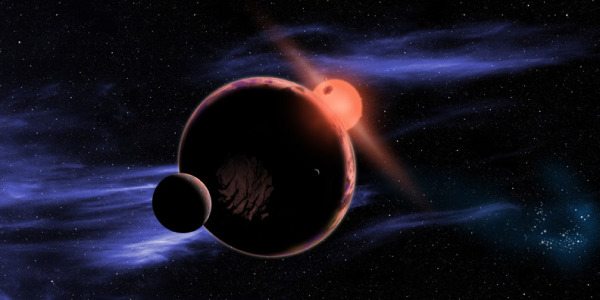
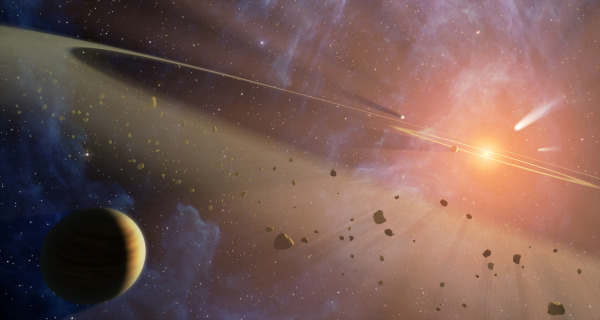
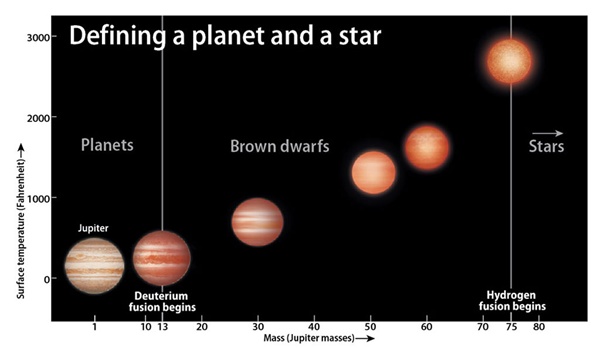
I think rather than becoming better planners, we need to become better cooperators.